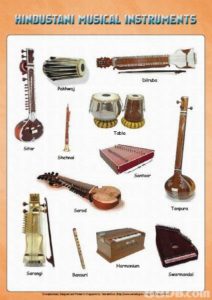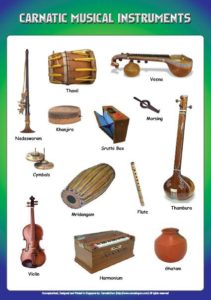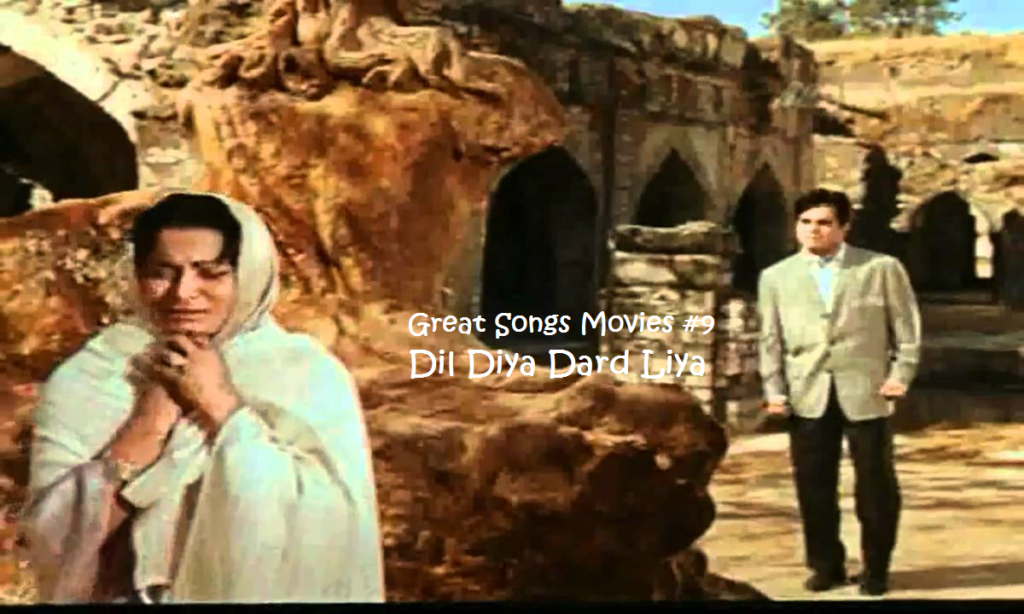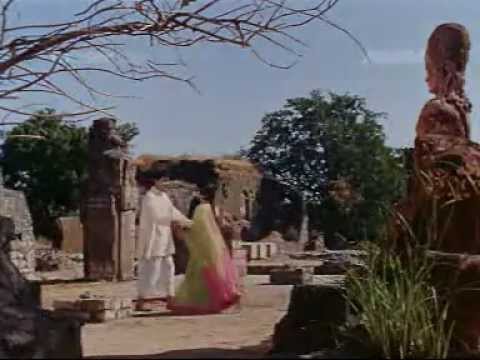Raaga Based Song of the Day: Sawan aaye ya na aaye…
Raag Brindavan Sarang Tal Tintal, Kaherava
We have completed eight days of Raaga Based Songs of the Day. Although our first post in the series was titled ‘Raaga Based Song Of The Day #1’ and the song was a Mohammad Rafi and Lata Mangeshkar song from the 1970 Shakti Samanta movie Pagla Kahin Ka: Tum mujhe youn bhula na paoge (It is in Raag Jhinjhoti, Tal Kaherava), the fact is that on WhatsApp groups I had started with these posts three or four days before putting them up here on this blog. Today I shall complete merging these posts.
Our eighth post or the last post was titled ‘Raaga Based Song Of The Day #8’ and the song was a Mohammad Rafi song from the 1963 Niranjan movie Kaun Apna Kaun Praya: Zara sun haseena ai nazneen. It is in Raag Pahadi, Tal Rupaktal.
This blog has a number of posts on Raaga based songs in Hindi movies titled similarly; for example: ‘The Best Raaga Based Songs in Hindi Movies – Raaga Jaijaivanti’.
Just reiterating that we have to be thankful to Pandit Vishnu Narayan Bhatkhande (early 20th century) who devised the modern system of Raagas for Hindustani Classical Music (based on Thaats), which is much more easily understood than the one prevalent before that (passed only through word of mouth) based on Raagas (male), Ragini (female) and Putra (children). The earlier system has been mentioned in Sri Guru Granth Sahib on pages 1429 and 1430 (last pages). Sikhs traditionally used the Raagas in singing hymns and had bedis who went from place to place singing the Raagas.
Raag Brindavan Sarang is a Raaga of Kafi Thaat. As the name suggests the Raag is related to Lord Krishna. It was created by Swami Haridas to bring Krishna on earth.
Sarang Raag is the 26th Raag in Sri Guru Granth Sahib out of a list (Raagmala) of 31 Raagas. Sarang family is a group of 7 Raagas and Brindavan Sarang is one of them.
Now for the value-added learning for today. Today, we shall learn the names of the instruments used in Indian Classical Music. The most popular ones are:


Bansuri, Dilruba, Esraj, Bansuri, Dilruba, Esraj, Gotuvadyam, Harmonium, Jal Tarang, Mayuri Vina, Mohan Veena, Nadaswaram, Pakhwaj, Rabab (Kabuli Rabab), Rudra Vina or Been, Samvadini, Santur, Sarangi, Saraswati Vina (South Indian Vina), Sarod, Shehnai, Sitar, Surbahar, Seni Rabab, Swarabat (Swaragat), Swarmandal, Tabla Tarang, Tanpura or Tambora, Taus, Veena, Vichitra Vina, Violin.
Naushad Ali was reputed to have brought in Raaga based songs in Hindi movies. This one I have taken from his 1966 Abdul Rashid Kardar movie Dil Diya Dard Liya starring Dilip Kumar and Waheeda Rehman with Mohammad Rafi and Asha Bhosle singing for them.

My favourite lyricist Shakeel Badayuni penned it.
The tal is Tintal and Kaherava.
It is most appropriate at this juncture since we are about to usher in monsoons (sawan).
Please enjoy: Sawan aaye ya na aaye.
aa: saawan aaye yaa na aaye
jiyaa jab jhuume saawan hai
ra: saawan aaye yaa na aaye
jiyaa jab jhuume saawan hai
do: saawan aaye
ra: taar mile.n jab dil se dil ke
wohii samay man-bhaawan hai
do: wohii samay man-bhaawan bhaawan hai
saawan aaye
##sargam##
aa: jabase piyaa tuu naino.n me.n aayaa
prem ke ra.ng me.n rach gaii kaayaa
ra: aa.a
aa: aa.a
ra: baago.n me.n ban me.n niil gagan me.n
sabame.n hai tere ruup kii chhaayaa
aa: tuu hai mere sa.ng me.n haradam
Kushii kii aawan-aawan hai
do: Kushii kii aawan-aawan aawan hai
saawan aaye yaa na aaye
jiyaa jab jhuume saawan hai
saawan aaye
##sargam##
ra: akhiyaa.N majiire man ikataaraa
iname.n baaje naam tihaaraa
aa: aa.a
ha.Nsate-gaate jiiwan biite
a.nt na ho ye giit hamaaraa
ra: mausam aayaa sukh paawan kaa
dukho.n kii jaawan-jaawan hai
do: dukho.n kii jaawan-jaawan jaawan hai
saawan aaye yaa na aaye
jiyaa jab jhuume saawan hai
saawan aaye
We have intended to learn about Raaga based music whilst we entertain ourselves with Raaga based songs. So, lets, once again, take stock of our collective learning so far:
- On the first day we learnt about the Raaga system devised by Pandit Vishnu Narayan Bhatkhande, which is the prevalent system in Hindustani Classical Music and based on ten Thaats.
- On the second day we learnt about Tal or Taal.
- On the third day we learnt about characteristics of Raagas that included Swar, Jati, Thaat, Arohana and Avarohana, Vadi, Samvadi and Pakad.
- On the fourth day, we learnt about Sargam.
- On the fifth day, we learnt about notations used in Indian classical music or simply Swar Lipi.
- On the sixth day, we learnt about the Ras (sentiments) that Raagas evoke.
- On the seventh day, we learnt about various types of Swar: Shuddha, Achal, Vikrut, Komal and Teevra.
- On the eighth day, we learnt the parts of a composition in Indian Classical Music.
- Today, on the ninth day, we learnt the names of some of the popular instruments used in Indian Calssical Music.
There is much more still to be learnt and enjoyed.
Please stay tuned!

Always look forward to your lovely blogs ..I really appreciate the effort you so willingly , and obviously enjoyingly put in .My very best wishes and regards
Thank you so much Sir. Sorry for the delay. We didn’t have electric power here for almost 24 hours. Regards